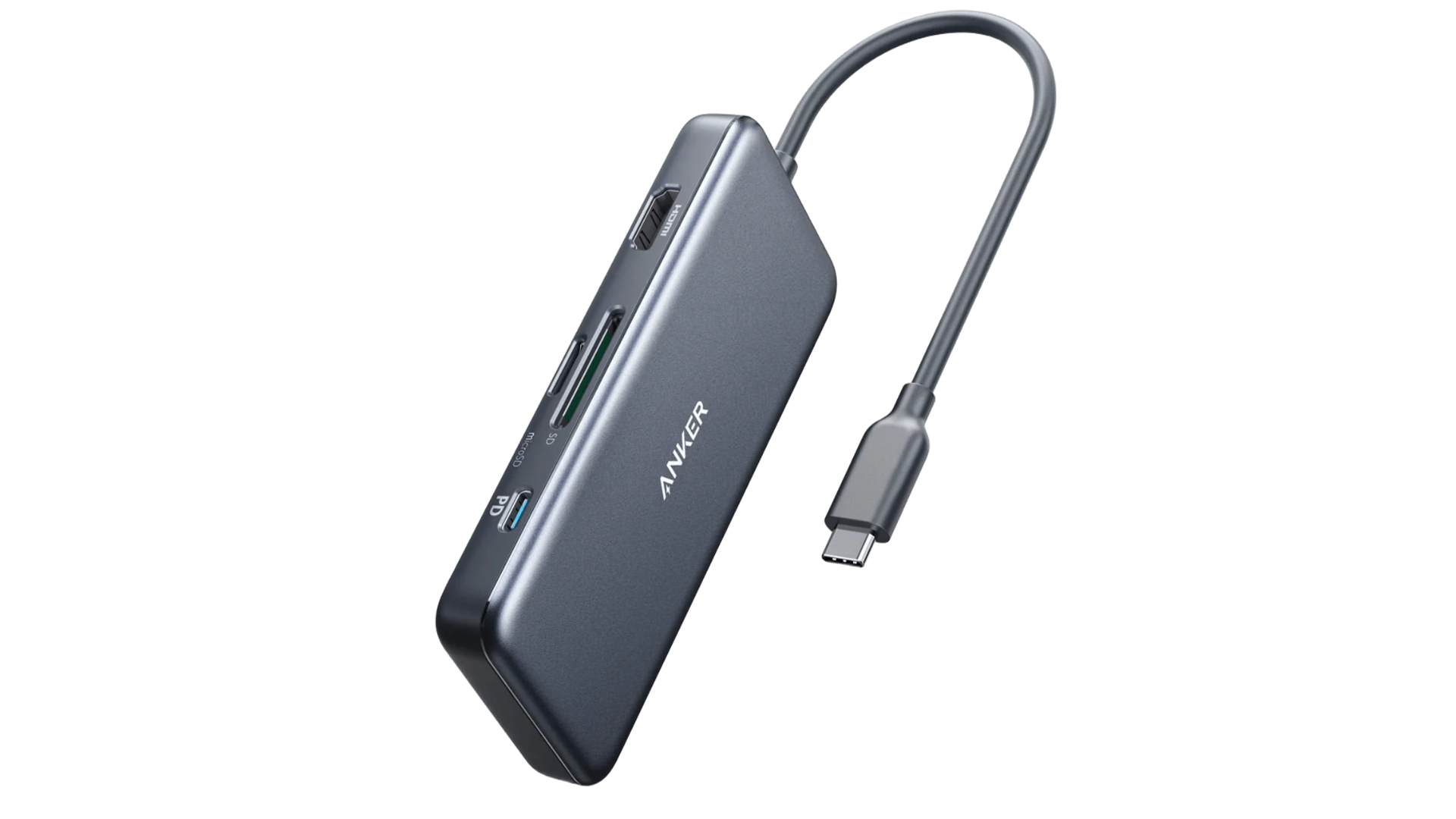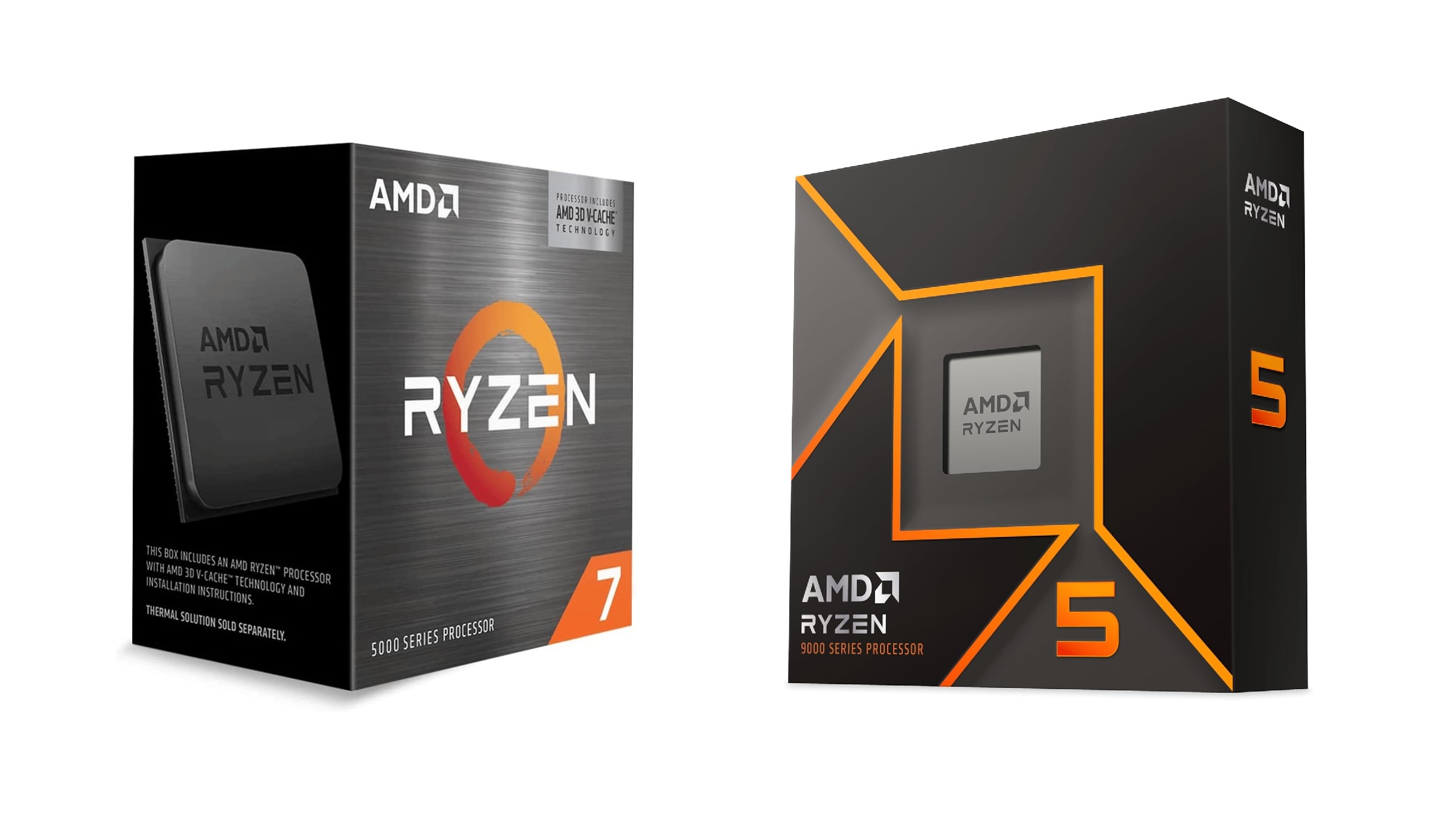Need more ports on your laptop? These top 5 USB hubs under $100 boost connectivity without adding too much bulk.

Most modern laptops sacrifice ports for thinness, leaving users short on connectivity. A single USB-C port might be fine for charging, but once you add a mouse, keyboard, external monitor, or SD card reader, you’re out of options. That’s where a good USB hub comes in.
In this listicle, we’ve selected five USB hubs that consistently perform well across Windows, macOS, and Android-based devices. These hubs are suitable for work, media transfer, gaming peripherals, and even docking monitors. Whether you’re looking for a full workstation setup or a portable expansion tool, these are the most dependable USB hubs currently worth considering.
1. Anker 341 7‑in‑1 USB‑C Hub

This compact aluminum hub offers robust expansion: one 4K HDMI at 30 Hz, two high-speed USB‑A 3.0 ports, one USB‑C data port, one USB‑C power-delivery pass-through port (up to 85 W to laptop, 15 W for the hub), plus SD and micro‑SD readers, and full Gigabit Ethernet.
Weighing in at just 160 grams, it is very portable. The hub supports data transfer speeds of up to 5 Gbps and smooth external display mirroring with a max resolution of 4K at 30Hz over HDMI. Anker covers the 341 USB hub with an 18-month warranty, giving you peace of mind while using the USB hub.
2. Honeywell 4‑in‑1 USB‑C Hub

The Honeywell 4-in-1 USB-C Hub is a budget-friendly option that offers four USB-A ports. It comes with one USB‑A 3.0 for data transfers with speeds up to 5 Gbps. Other than that, it has three USB‑A 2.0 ports, ideal for peripherals like mice or flash drives. The cable is encased in a braided casing, which helps with durability.
A three-year standard warranty is offered with this USB Hub, which shows the quality of the product despite it being cheap. It targets users who merely need extra USB ports without video output or power delivery. It is a no-nonsense product with no extra frills.
3. Anker 555 8‑in‑1 USB‑C Hub

Packed into a lightweight, small form factor chassis weighing about 130 g, the Anker 555 covers serious ground. It features one HDMI 2.0 port, which can output display at up to 4K @ 60 Hz. Coming to the other ports, it has one Gigabit Ethernet, two USB‑A 3.2 Gen 2 ports (10 Gbps), one USB‑C 3.2 data port (10 Gbps), and micro‑SD and full‑size SD slots (each 100 MB/s). It also has a USB‑C power-in port supporting up to 85 W pass-through.
The hub works flawlessly whether you are doing file transfers, outputting display, or using the onboard Ethernet adapter. However, dense port spacing can make plugging large adapters tricky. Occasional firmware issues can crop up on certain laptops, but that is pretty much the only con to this hub. You can consider this hub if you are looking for a jack-of-all-trades type of equipment.
4. Sabrent 10‑Port USB 3.0 Hub (HB‑BU10)

Designed for desktop setups, Sabrent’s HB-BU10 offers seven USB-A data ports (5 Gbps each) and three high-current charging ports. All of the high-current charging ports have their own power switch and LED indicator. The HB-BU 10 is powered by a 12V /5 A adapter, putting out a maximum of 60W. This enables the hub to deliver stable performance even when multiple devices are being used simultaneously. Out of the box, it is compatible with Windows, Mac, and Linux and doesn’t require additional drivers to be installed.
5. Xiaomi 10‑in‑1 USB‑C Mini Dock

Xiaomi’s mini dock sports a durable aluminum case. It neatly tucks away its USB-C cable into a neat slot and delivers a full suite of ports. It features three USB‑A 3.0 (5 Gbps each), one USB‑C 3.0 data port, and one USB‑C PD-in port (100 W PD, delivering 90 W to the laptop). One HDMI 2.0 (4K @ 60 Hz), Gigabit Ethernet, SD and microSD slots, and a 3.5 mm audio jack.
Xiaomi claims it takes around 3 seconds to transfer a 1 GB file, roughly translating to about 400 MB/s of file transfer speed. It supports hot-swapping and works across Windows, macOS, Linux, and Android.
Comparison Table
| USB Hub | Ports | Power Delivery | Design Features | Ideal For |
| Anker 341 (7‑in‑1) | HDMI, 2× USB‑A, 2× USB‑C, SD/microSD | 100W (85W passthrough) | Slim, aluminum, compact | Office, travel, presentation-ready |
| Honeywell 4‑in‑1 | 1× USB‑A 3.0, 3× USB‑A 2.0 | No | Braided cable, pocketable | Students, basic peripheral use |
| Anker 555 (8‑in‑1) | 1× HDMI, USB‑A ×2, USB‑C PD, Ethernet, SD/microSD | 100W | Lightweight, durable. | Wired networking |
| Sabrent 10‑Port USB 3.0 | 7× USB‑A data, 3× high-current ports | Powered external | Individual switches, LEDs, and desk-friendly | Heavy peripheral users, shared workstations |
| Xiaomi 10‑in‑1 Mini Dock | USB‑A/C, HDMI, Ethernet, SD, audio jack | 100W | Sleek aluminum, hot-swap support | Creators on the move |
Expanding your laptop’s limited ports no longer means juggling adapters or sacrificing performance. These five USB hub options fit a variety of scenarios, from basic plug-and-play to full-featured workstation setups, and most of them are below $100, so you don’t have to shell out a lot for convenience. The Anker 341 is a well-balanced multi-port dongle for everyday use and travel. Honeywell keeps things affordable and functional. Anker 555 takes it up a notch with dual monitors and onboard Ethernet support. Sabrent’s 10-port hub is a desktop workstream staple. And Xiaomi’s dock gives creators a full-featured toolkit in one compact unit.
We provide the latest news and “How To’s” for Tech content. Meanwhile, you can check out the following articles related to PC GPUs, CPU and GPU comparisons, mobile phones, and more:
- 5 Best Air Coolers for CPUs in 2025
- ASUS TUF Gaming F16 Release Date, Specifications, Price, and More
- iPhone 16e vs iPhone SE (3rd Gen): Which One To Buy in 2025?
- Powerbeats Pro 2 vs AirPods Pro 2: Which One To Get in 2025
- RTX 5070 Ti vs. RTX 4070 Super: Specs, Price and More Compared
- Windows 11: How To Disable Lock Screen Widgets
 Reddit
Reddit
 Email
Email


